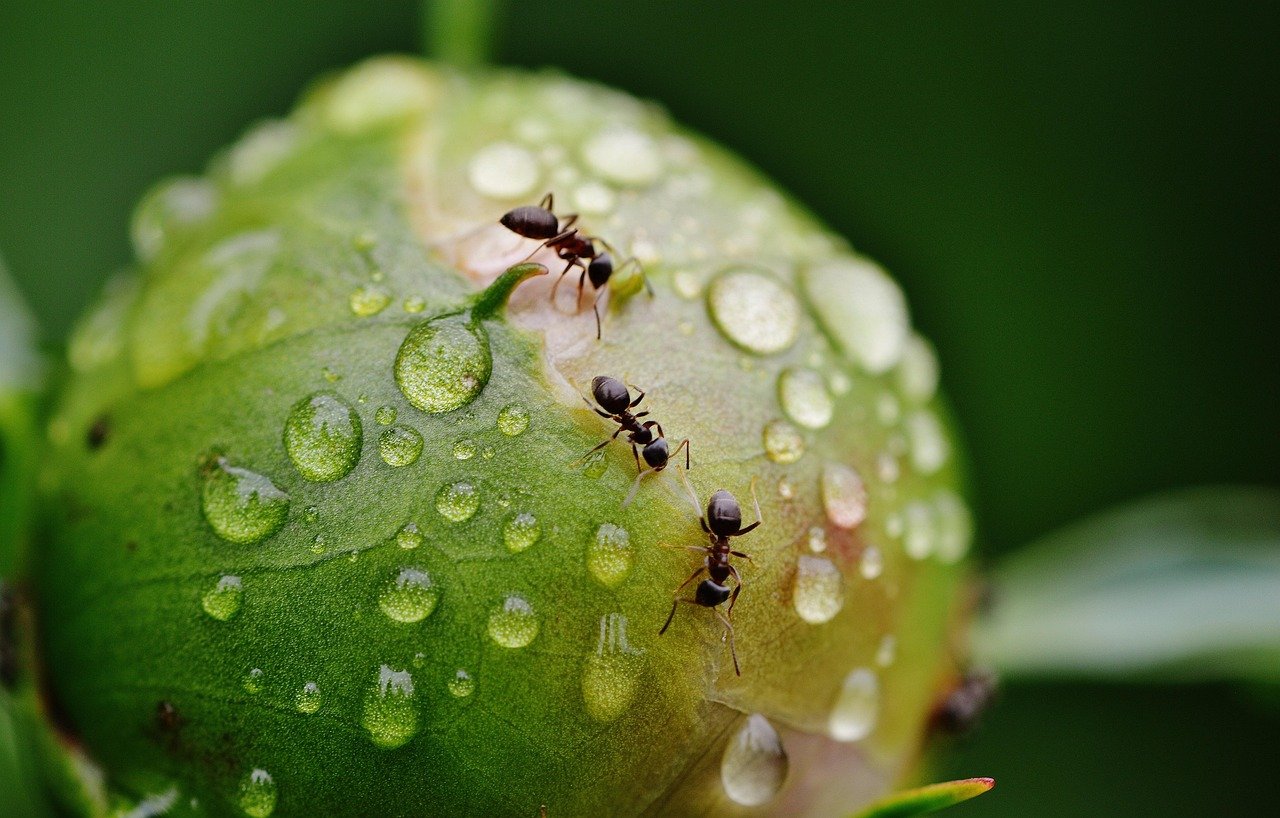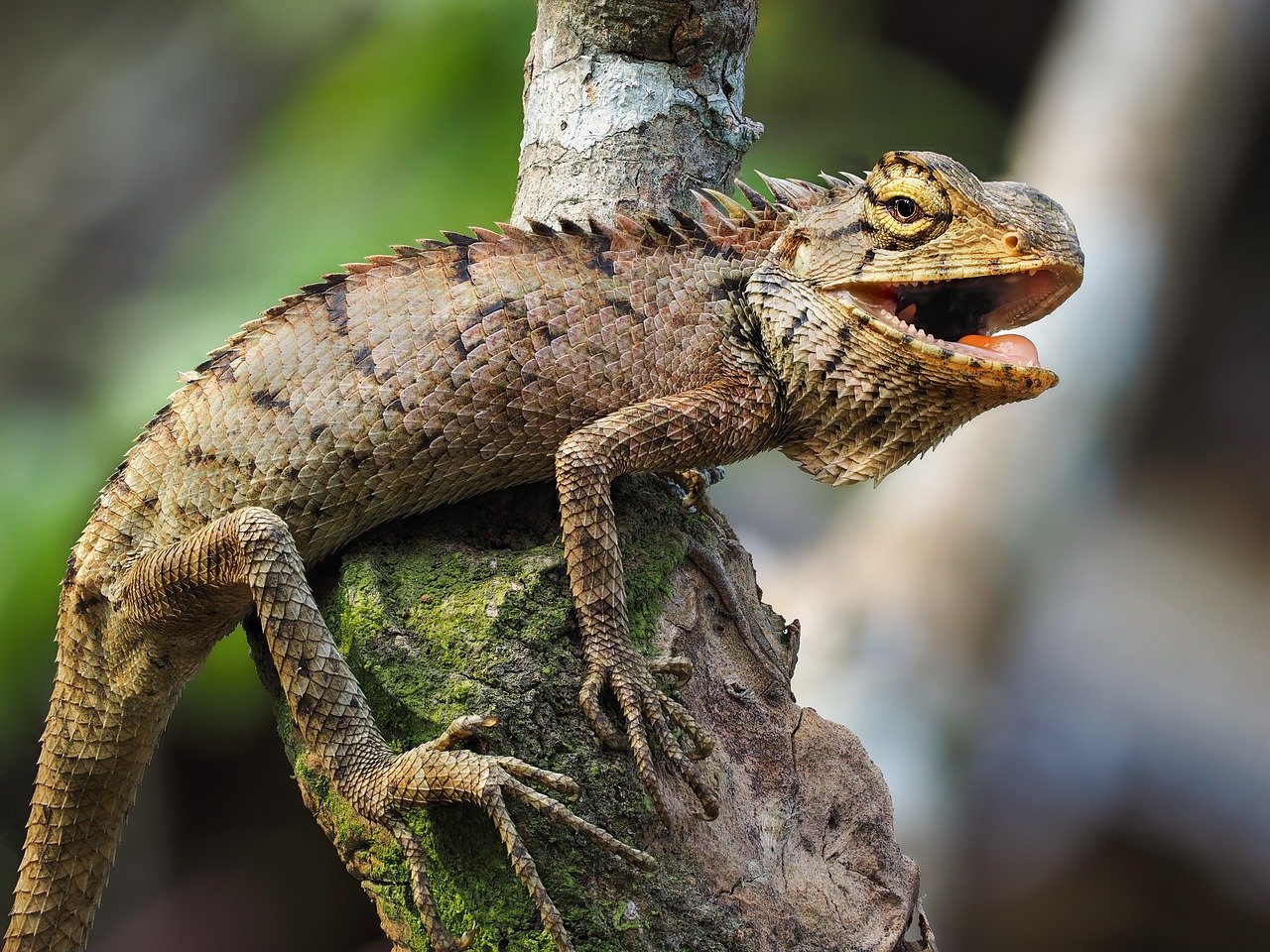Imagine living in a time when there were no sophisticated technologies to predict natural disasters. Ancient civilizations, however, found a remarkable way to anticipate such events: by observing animals. This fascinating practice wasn’t merely folklore; it was a survival mechanism borne out of necessity and acute observation. From elephants sensing impending earthquakes to birds fleeing from storms, animals have long been nature’s own meteorologists and seismologists. By tuning into these natural signals, our ancestors could take preventive measures to safeguard their communities. Join us as we explore how ancient civilizations utilized animal behavior as an early warning system and discover the profound insights that still resonate today.
Elephants and Earthquakes
In regions like India and Southeast Asia, elephants have been observed behaving unusually before an earthquake strikes. Ancient communities took note of elephants’ inexplicable restlessness and migration away from their usual habitats. This was no coincidence. Elephants have a remarkable ability to detect low-frequency sounds and vibrations, which are often precursors to seismic activity. By understanding these signs, people could evacuate or prepare for potential disasters. The story of elephants is a compelling example of how animals served as living seismographs for ancient societies.
Birds and Storms
Birds are incredibly sensitive to atmospheric changes, making them natural barometers. Ancient sailors and farmers closely watched bird patterns to predict weather changes. A sudden flock of birds flying inland often signaled an approaching storm. This behavior is due to birds detecting shifts in barometric pressure. Ancient civilizations, especially those dependent on agriculture, would heed these avian warnings to secure their food supplies and protect their homes. Birds, in this sense, became the heralds of weather changes long before modern meteorology.
Dogs and Tsunamis
Dogs have been man’s best friend for thousands of years, and their loyalty extends to being natural disaster alert systems. In ancient Japan, it was believed that dogs howling or acting anxiously could indicate an impending tsunami. This behavior stems from dogs’ acute sense of hearing and ability to detect subsonic vibrations caused by underwater earthquakes. Communities living near coastlines would often heed these warnings and move to higher ground, showcasing a deep trust in their canine companions.
Cats and Floods
Cats are often seen as enigmatic creatures, but their sensitivity to environmental changes made them valuable warning systems in ancient times. In Egypt, cats were closely observed during the annual flooding of the Nile. It was noted that cats would become restless and seek higher ground before the floodwaters arrived. This behavior was attributed to their acute hearing and sensitivity to changes in humidity and air pressure. The Egyptians revered cats not only as divine creatures but also as protectors who signaled the life-giving yet potentially destructive floods.
Fish and Volcanic Eruptions
In regions prone to volcanic activity, fish behavior was a crucial indicator of impending eruptions. Ancient civilizations living near volcanoes observed that fish would often leap out of the water or exhibit frantic swimming patterns before an eruption. These changes were linked to the release of gases and changes in water temperature caused by volcanic activity. By interpreting these aquatic signals, communities could prepare for possible evacuations, showcasing the harmonious relationship between humans and nature.
Insects and Rain

Insects, despite their small size, played a significant role in weather prediction for ancient societies. Ants, for instance, were particularly telling indicators of rain. It was observed that ants would build higher mounds or move to higher ground before a downpour. This behavior is driven by their instinct to protect their colonies from flooding. Ancient farmers and villagers would take cues from these industrious creatures, preparing for rain by securing crops and livestock.
Reptiles and Temperature Changes

Reptiles, with their cold-blooded nature, are highly sensitive to temperature fluctuations. Ancient civilizations, particularly in tropical regions, noted that reptiles such as snakes and lizards would become more active or seek shelter when significant temperature changes were imminent. This behavior helped people anticipate weather shifts, allowing them to adjust their daily routines accordingly. The reptiles’ responses served as a natural thermometer, offering valuable insights into the environment.
Amphibians and Environmental Toxins

Amphibians, like frogs and toads, have permeable skin that makes them sensitive to environmental toxins. In ancient times, changes in amphibian populations or behaviors were seen as indicators of environmental distress. For instance, a sudden decrease in frog croaking or a migration away from water sources hinted at pollution or changes in water quality. Communities who understood these signals could take preventative measures to protect their health and environment, demonstrating the amphibians’ role as bioindicators.
Bees and Atmospheric Pressure
Bees are not just important pollinators; they also respond to atmospheric pressure changes. Ancient beekeepers observed that bees would return to their hives earlier than usual or become more aggressive before a storm. This behavior is linked to their ability to sense changes in air pressure and humidity. By paying attention to their bees, ancient communities could anticipate storms and protect their hives and crops, highlighting the symbiotic relationship between humans and these industrious insects.
The Legacy of Animal Behavior in Modern Times
While we now have advanced technology to predict natural disasters, the practice of observing animal behavior remains relevant. It reminds us of the interconnectedness of life on Earth and the wisdom embedded in nature. In some rural communities, traditional knowledge of animal behavior is still passed down through generations. As we face increasing environmental challenges, recognizing and respecting these natural signals can guide us toward a more harmonious coexistence with the natural world. The lessons from ancient civilizations serve as a testament to the enduring bond between humans and animals, a bond that continues to inspire and inform us today.




